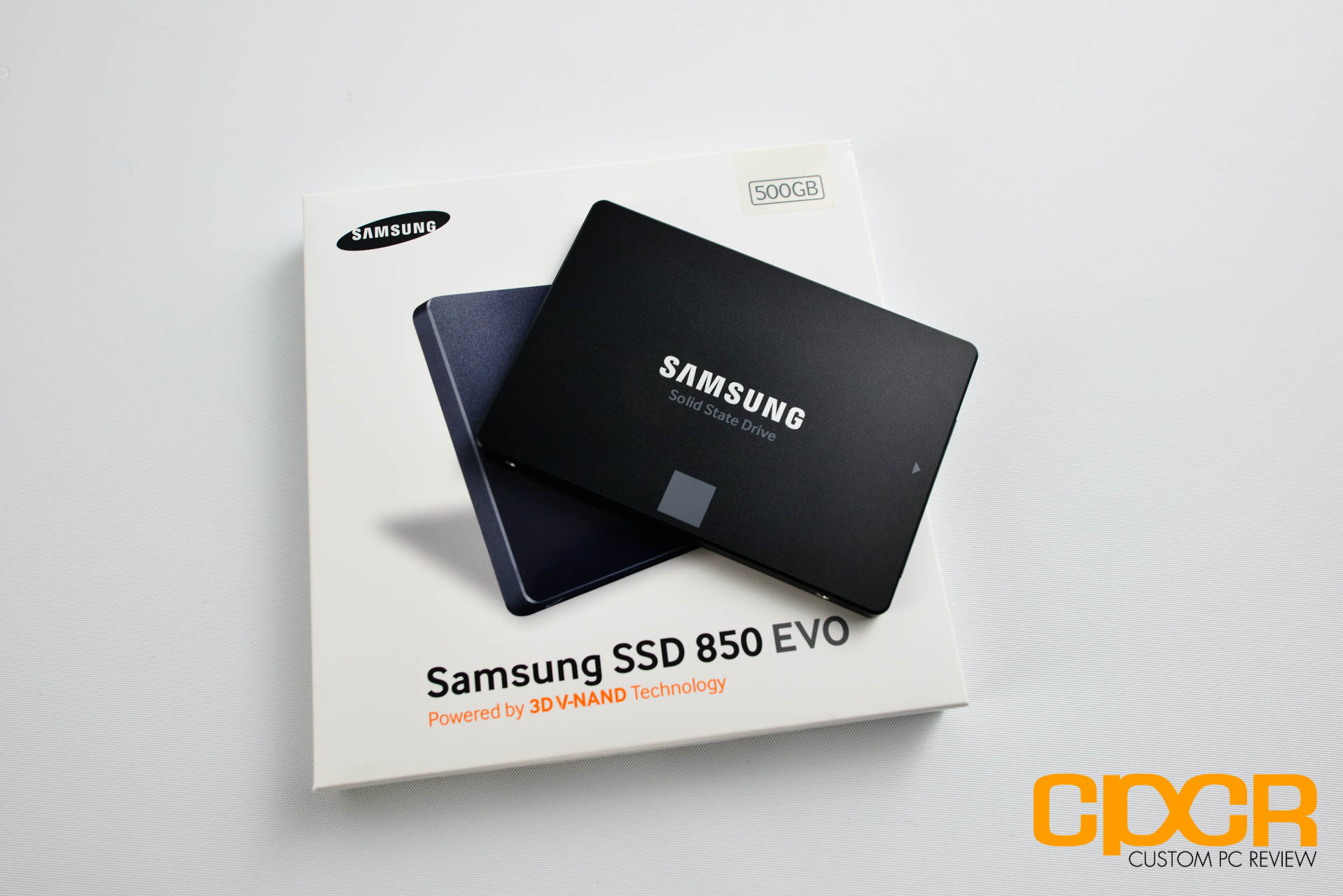고정 헤더 영역
상세 컨텐츠
본문

Samsung 850 EVO 500GB review. To that end, the Samsung 850 Pro was the first consumer SSD to show up with 3D stacked memory making up its various components. The Samsung 850 Evo does this as. Samsung's 850 EVO series SSD is the industry's #1 best-selling* SSD and is perfect for everyday computing. Powered by Samsung's V-NAND technology, the 850 EVO transforms the everyday computing experience with optimized performance and endurance.
Editors' note: This review was updated on July 6, 2015, when the 2TB capacity of the drive was released. If you've been eyeing the but can't quite afford it, the 850 Evo is an excellent alternative. Actually, it may even be the better choice, especially since it's the cheaper of the two, while still achieving fast - although not consistently as fast as the 850 Pro - performance. Though officially an upgrade to the Samsung SSD 840 Evo, the new drive shares more in common with the higher-end 850 Pro. In my testing, the drive achieved impressively zippy speeds, especially in the performance-boosting RAPID mode. Also, I didn't experience any bugs or installation issues.
Samsung Ssd 850 Evo 500gb Macbook Pro Mid 2010
There's not much to complain about the drive except that its Samsung Magician software, which is required for RAPID mode and other features, is available only for Windows. That means other platforms, such as Mac, Linux or game consoles, won't be able to take advantage of most of the drive's features. That said, with the current price of $65, $100, $165, $374 and $800 for 120GB, 250GB, 500GB, 1TB, and 2TB, respectively, the Samsung SSD 850 Evo is an easy recommendation for any home users who want to add a huge performance boost to their computer.
(Note that cost of the 2TB is the suggested retail price, its street price will likely be lower.) For more options, however,. The new 2TB Samsung SSD 850 Evo solid-state drive. Josh Miller/CNET High endurance with 3D NAND Following the 850 Pro, the 850 Evo is the second SSD from Samsung that uses a 3D vertical flash memory cell. Traditionally, 2D planar type NAND flash memory cells - the storage units on an SSD - lay flat on the surface of the silicon wafer. That's common for most SSDs on the market. With the 850 Evo, the drive's flash memory cells are stacked in up to 32 layers, which allows for significantly more cells in the same number of wafer bits. This greatly increases the density and means, among other things, more storage space for less cost.
Similar to the 850 Pro, Samsung also claims that the 3D NAND delivers very high endurance, which is the rating that quantifies the total amount of data that can be written to an SSD before the drive becomes unreliable. Specifically, the 850 Evo's 120GB and 250GB capacities have an endurance rating of 75TB. This means you can write 40GB per day to the drive every day, and it will last for at least 5 years. The 500GB, 1TB and 2TB capacities' endurance is doubled (150TB) and will take even longer to run out. Note that SSD's endurance relates only to writing as reading doesn't effect its life span at all.
Samsung Ssd 850 Evo 500gb For Mac
(For more on SSD's endurance,.) Also, 40GB is a lot of data; in general usage, most days we don't write even a fraction of that to our computer's main drive. That said, chances are you'll replace your computer a few times before the 850 Evo's endurance is expired. Samsung SSD 850 Evo specs.
The standard internal drive supports SATA 3 (6Gbps) and is only 7mm thick. Josh Miller/CNET TurboWrite and RAPID mode Similar to the case of the 840 Evo, the new 850 Evo supports TurboWrite technology. In a nutshell, TurboWrite enables the drive to operate a portion of its flash memory in a simulated high-performance mode of single-layer-cell flash memory, often found in expensive enterprise SSDs, as a buffer zone. During write operations, data from the host system is first transferred/written to this buffer zone at high speeds and then during the idle periods, the data is moved from the buffer to primary storage region. This results in much faster write performance from the user's perspective.
TurboWrite Technology works within the drive automatically so you don't need to enable it. You do need to manually enable RAPID, however, which Samsung first introduced in the 840 Pro.




